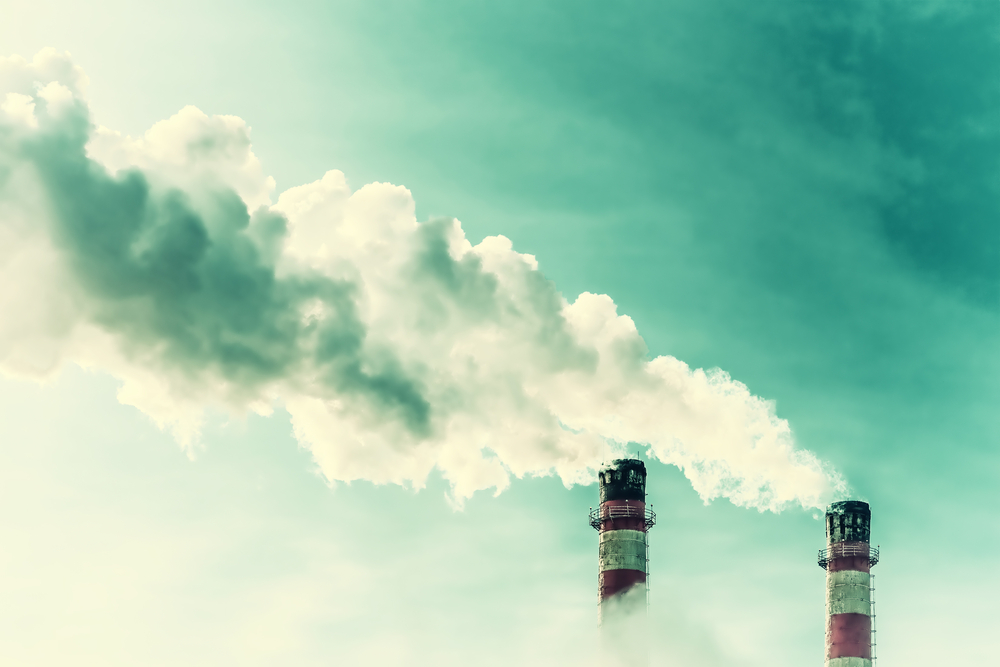Air Pollution May Increase Emphysema Risk Among Non-smokers, Study Says

Air pollution can increase the risk of emphysema among people who have never smoked, a recent study has found.
The study, titled “Association Between Long-term Exposure to Ambient Air Pollution and Change in Quantitatively Assessed Emphysema and Lung Function,” was published in the Journal of the American Medical Association.
Emphysema is a type of chronic obstructive pulmonary disease (COPD) in which the air sacs in the lungs are damaged, hindering the effective transport of oxygen. This condition is usually associated with a history of smoking cigarettes, but not everyone who develops emphysema has smoked.
In the study, researchers investigated whether air pollution is associated with emphysema progression in the general population.
They followed 7,071 participants (47.1% male, average age of 60 years) for a median of 10 years. All participants lived in one of six cities in the United States: New York City, Baltimore, Chicago, Los Angeles, Winston-Salem in North Carolina, and St. Paul in Minnesota.
The levels of four kinds of air pollutants — ground-level ozone, fine particulate matter, nitrogen oxide, and black carbon — were estimated based on the participants’ home city. (It should be noted that ozone at the ground level is usually produced by the breakdown of fossil fuel by-products, and is known to be harmful to human health, but ozone in the ozone layer is too high up to damage people.)
Participants were followed for a median of 10 years, with regular computed tomography (CT) scans to check for the development of emphysema. Pollution levels were then compared to emphysema rates to determine any association between the two.
The results showed that higher levels of all four pollutants at baseline were associated with small, but statistically significant, increases in emphysema risk. For example, for every three parts per billion increase in ground-level ozone at the beginning of the study, there was a 0.13% increase in 10-year emphysema rates. Similarly, for every 10 parts per billion increase in nitrogen oxide, there was a 0.06% increase in emphysema rates.
Importantly, the levels of ground-level ozone, but not of other pollutants, were significantly associated with a faster decline in a measure of lung function called forced expiratory volume in the first second.
Furthermore, the combined effects of all four pollutants were greater than those of any of the pollutants individually, suggesting that more pollution in the air increases the risk of developing emphysema.
Based on the results, the team concluded that “long-term exposure to ambient air pollutants, especially O3 [ozone], was significantly associated with increasing emphysema assessed quantitatively using CT imaging and with worsening lung function,” they wrote.
“These findings may offer one explanation for why emphysema is found in some people who never smoked,” James Kiley, PhD, director of the lung diseases division at the National Heart, Lung, and Blood Institute (NHLBI), which helped fund the study, said in a news release. “It’s important that we continue to explore factors that contribute to emphysema, particularly in a large, multi-ethnic group of adults.”
David Goff, MD, PhD, director of NHLBI’s division of cardiovascular sciences, added: “We need to assess the effectiveness of strategies to control air pollutants in our efforts to improve heart and lung health. At the same time, people need to remember the importance of a healthy diet, physical activity, and smoking cessation for overall health.”





